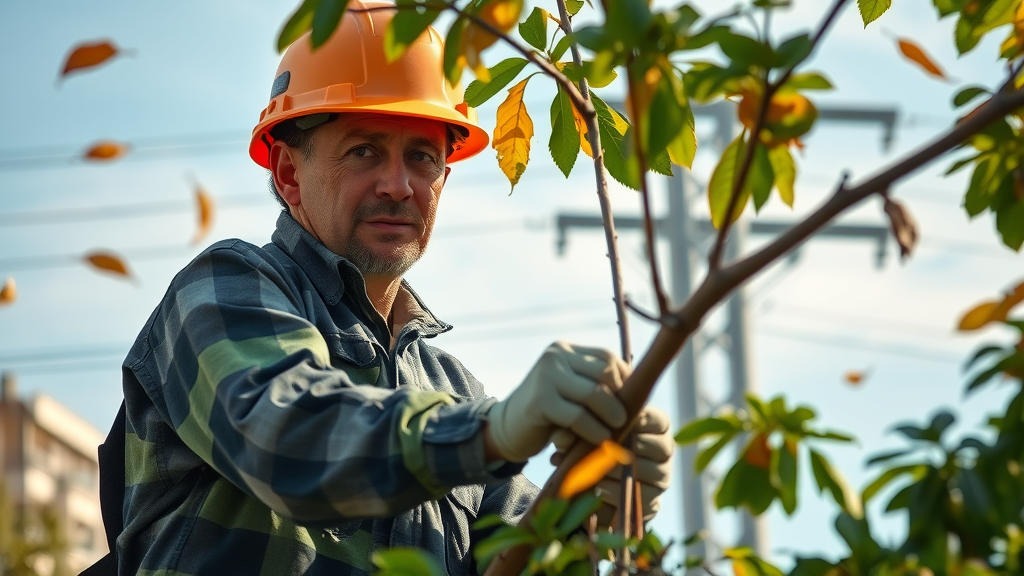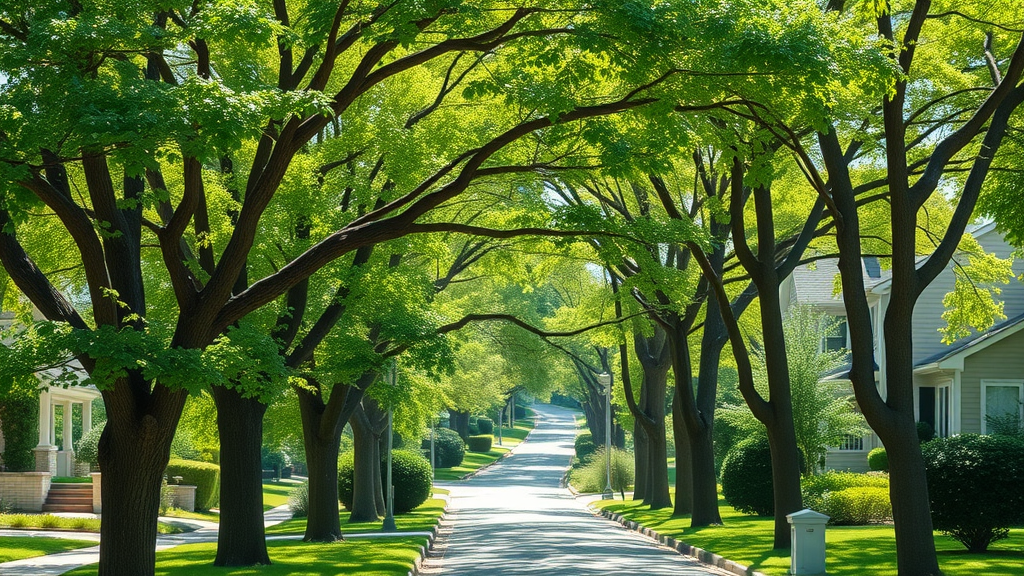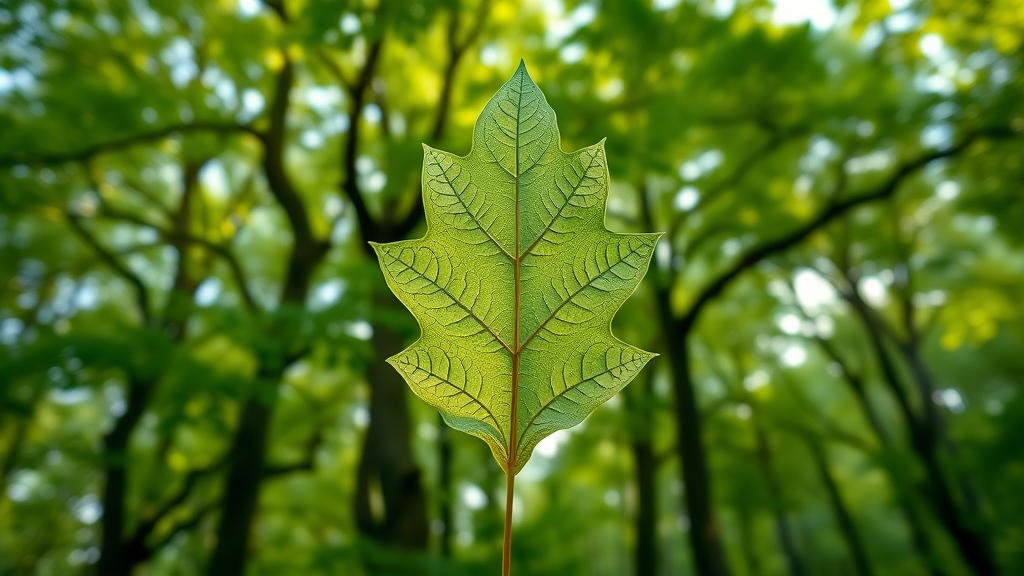Contributed by Tanner Peace-Hullihen
Bucket Foreman
Penn Line Tree Service, Inc
Have you ever wondered how line clearance arborists work tirelessly to ensure our power lines remain safe and operational? In fact, it's estimated that thousands of incidents related to fallen trees affecting utility lines occur every year. These professionals navigate hazards, wildlife, and weather, all for the sake of maintaining our electricity supply. In this article, we will delve deep into the critical role of arborists in utility maintenance, explore their daily responsibilities, and understand the challenges they face.
The Importance of Line Clearance Arborists
Line clearance arborists play a vital role in maintaining the safety and reliability of energy distribution networks. As Keith, a professional arborist, once noted, "without our work, power interruptions would escalate, endangering lives and property." These experts work to keep tree branches at a safe distance from power lines, particularly during storms and harsh weather conditions, which can lead to significant disruption and danger.
Moreover, beyond just ensuring service reliability, line clearance arborists are environmental stewards, providing expertise on tree health and preservation. They are trained not just to remove hazards, but also to recommend management strategies that promote the overall health of urban forests.
What Does a Line Clearance Arborist Do?
Daily Responsibilities and Challenges
Line clearance arborists have a spectrum of responsibilities each day. Their primary duty is to clear the area around electrical lines, ensuring that trees are trimmed back sufficiently. This involves using specialized equipment to safely remove branches that are deemed too close to conductors while being aware of various utility regulations and guidelines.
The challenges include working in unpredictable environments, like navigating through dense trees or on steep terrain, and adapting to adverse weather conditions. Arborists often face the pressure of ensuring that their work is completed quickly and efficiently, particularly after storm events that may aggravate existing hazards.
Storm Damage and Emergency Response
During storms, line clearance arborists shift their focus entirely to emergency response efforts. When severe weather hits, they are often called to assist in quickly restoring power, which can involve clearing storm-damaged trees that have fallen onto power lines. Tanner Peace-Hullihen, of Penn Line Tree Services, mentions, "We've mobilized all across the country, from Texas, Florida, Louisiana, and New Jersey, responding to hurricanes and tornadoes. The demand to restore power is urgent, and we are often the first ones on the scene.”
These emergency efforts not only help in quick restoration but also mitigate the risks of further accidents and downtimes, making the role of line clearance arborists indispensable during crises.

Training and Certification for Clearance Arborists
To become a successful line clearance arborist, rigorous training and certification are essential. Many states require arborists to be certified, which ensures they have the necessary skills to perform high-risk work safely and efficiently. This education often involves specialized coursework in tree biology, safety protocols, and operational theory concerning power lines.
Essential Skills and Knowledge
Line clearance arborists must possess a range of skills that include technical tree trimming abilities, a deep understanding of electrical theory, and knowledge of local flora. Additionally, strong problem-solving skills are critical, as arborists frequently encounter unique challenges in urban forestry and utility maintenance.
OSHA Regulations and Safety Standards
Compliance with OSHA (Occupational Safety and Health Administration) regulations is paramount in this profession. These standards are designed to protect workers from electrical hazards, falling objects, and airborne debris. Line clearance arborists must be well-versed in these regulations to promote a safe working environment both for themselves and for nearby residents.

The Impact of Weather on Line Clearance Work
Seasonal Challenges for Arborists
The changing seasons present unique challenges for line clearance arborists. In winter, icy branches can increase the likelihood of them falling onto power lines, while the spring and summer months bring thunderstorms that can wreak havoc on tree limbs. Arborists must be prepared to respond to seasonal hazards, adjusting their techniques and schedules accordingly.
Case Studies of Storm Response
In incidents such as Hurricane Sandy, line clearance arborists were called upon to manage widespread infrastructure damage. This can be an arduous task, often requiring extended hours, but highlights the indispensable role they play in community recovery. These case studies emphasize not only their technical skills but also their commitment to public safety and well-being.

Common Misconceptions About Line Clearance Arborists
Debunking Myths
One prevalent myth is that line clearance arborists are simply tree cutters who indiscriminately prune trees. In reality, their work is nuanced, requiring a detailed understanding of both arboriculture and electrical systems. They strive for a balance between safety and tree preservation, often recommending trimming methods that foster health rather than simply removing trees.
Understanding the Costs Involved
Many homeowners question why hiring a line clearance arborist can be costly. The answer lies in the expertise, tools, and safety measures required to carry out this specialized work. Costs reflect not only the labor but the need for equipment that meets safety standards and the arborist's extensive training.
Expert Insights on Best Practices
"The role of line clearance arborists is crucial for maintaining safety and reliability in our utility systems," emphasizes Tanner Peace-Hullihen, of Penn Line Tree Services.
Recommendations for Homeowners
Homeowners should engage with line clearance arborists proactively. Regular assessments of trees near power lines can prevent issues before they escalate. Hiring a qualified arborist not only ensures safety but also promotes the long-term health of trees in the landscape.
People Also Ask
What is a line clearance arborist?
A line clearance arborist is a tree care professional who specializes in managing vegetation around power lines to ensure safety and minimize disruptions to utility services.
Whose responsibility is it to trim trees around power lines?
It is typically the responsibility of utility companies to maintain clearances around power lines, often employing line clearance arborists for this purpose.
Why do arborists charge so much?
The cost reflects their specialized training, use of advanced equipment, and adherence to safety standards, which ensures high-quality and secure services.
What is the OSHA clearance for overhead lines?
OSHA regulations generally require that workers maintain a minimum safe distance of 10 feet from overhead electrical lines to avoid accidental electrocution.
Conclusion: The Vital Role of Line Clearance Arborists
In conclusion, line clearance arborists are vital for the safety and functionality of our utility systems. They mitigate potential hazards associated with tree overgrowth and weather challenges, providing essential services to keep our communities connected. Without their expertise and dedication, our daily lives could be significantly impacted. Respect and recognition of their role are crucial as we continue to depend on reliable utility services.
Call to Action: Engage with Your Local Arborist
Take the time to engage with local arborists to learn more about the importance of their work. They can offer valuable insights into tree care and safety around power lines—an investment in your property and community well-being.
Questions? Contact Tanner Peace-Hullihen, Bucket Foreman at Penn Line Tree Service, Inc. by emailing tannerpeace1@gmail.com
 Add Row
Add Row  Add
Add 




 Add Row
Add Row  Add
Add 

Write A Comment